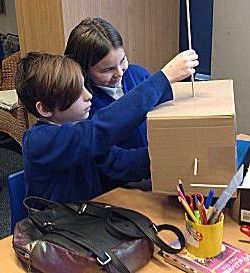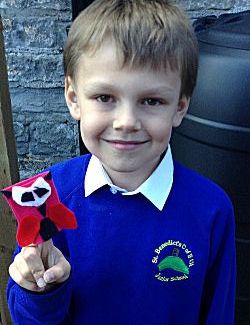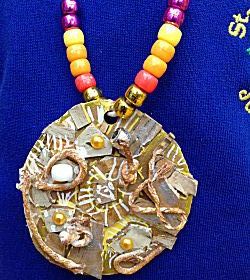Design and Technology
Design and Technology at St Benedict's C of E VA Junior School



Intent
At St. Benedict’s, children engage in a design and technology curriculum which allows them to exercise their creativity through designing and making. The children are taught to combine their designing and making skills with knowledge and understanding in order to design and make a product. Skills are taught progressively to ensure that all children are able to learn and practice in order to develop as they move through the school. Evaluation is an integral part of the design process and allows children to adapt and improve their product; this is a key skill which they need throughout their life. D&T allows children to apply the knowledge and skills learned in other subjects, particularly Maths, Science and Art. As part of our school vision for our pupils to appreciate “Life in all its Fullness,” (John, 10:10) children’s interests are captured through themed topic learning, ensuring that links to our community are made in a cross curricular way, giving children motivation and meaning for their learning, as well as identifying an audience to appreciate their end result.
Implementation
What do we teach? What does this look like? Our whole curriculum is shaped by the National Curriculum and supported by a clear skills and knowledge progression. This ensures that skills and knowledge are built on year by year and sequenced appropriately to maximise learning for all children. All teaching of DT should follow the design, make and evaluate cycle. Each stage should be rooted in technical knowledge. The design process should be rooted in real life, relevant contexts to give meaning to learning. While making, children should be given choice and a range of tools to choose freely from. To evaluate, children should be able to evaluate their own products against a design criteria. Each of these steps should be rooted in technical knowledge and vocabulary. DT should be taught to a high standard, where each of the stages should be given equal weight. The key skills we teach the children are:
• sewing and textiles
• cooking and nutrition
• electrical and mechanical components
• Using materials D&T is usually taught in short blocks.
Impact
What will this look like? By the time children leave our school they will:
• An excellent attitude to learning and independent working.
• The ability to use time efficiently and work constructively and productively with others.
• The ability to carry out thorough research, show initiative and ask questions to develop an exceptionally detailed knowledge of users’ needs.
• The ability to act as responsible designers and makers, working ethically, using finite materials carefully and working safely.
• A thorough knowledge of which tools, equipment and materials to use to make their products and how to assess and manage risk.
• A passion for the subject.
